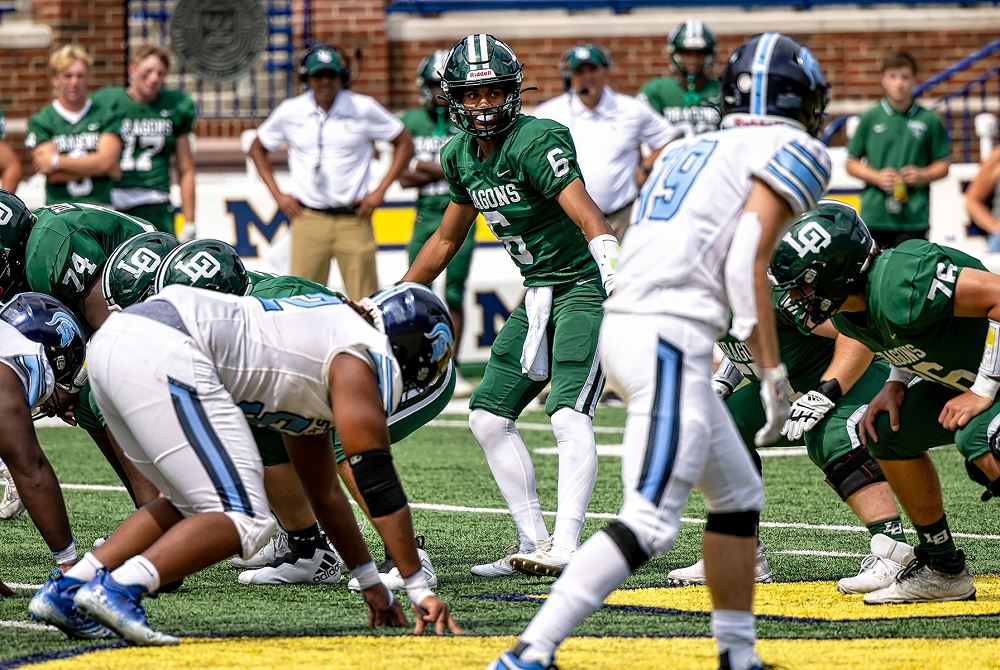
Be the Referee: Point After Touchdown
October 20, 2016
This week, MHSAA assistant director Mark Uyl explains how high school rules differ from those used by colleges when it comes to what's allowed after extra-point tries.
Be The Referee is a series of short messages designed to help educate people on the rules of different sports, to help them better understand the art of officiating, and to recruit officials.
Below is this week's segment – Point After Touchdown - Listen
For many years at the pro and college levels of football, the P-A-T or the extra point kick, really became a ho-hum play.
Last year in the NFL, they tried to make the play more exciting by moving the kickers back, making it almost the distance of a medium-range field goal.
Under college rules, they allow the other team – the defense, whenever they get the ball – to try to return it all the way to the other end with the ability to score two points.
The next high school game you’re at, know this: that once the defensive team gets possession of the ball on an extra point or try for point, the try is over and the defense cannot score any points.
Past editions
Oct. 13: Untimed Down - Listen
Oct. 6: Soccer Penalty Kick Change - Listen
Sept. 29: Preparation for Officials - Listen
Sept 22: You Make the Call: Returning Kickoffs - Listen
Sept. 15: Concussions - Listen
Sept 8: Equipment Covering the Knees - Listen
Sept. 1: Play Clock Experiment - Listen
Aug. 25: Clipping in the Free Blocking Zone - Listen

Be the Referee: Football Rules Similarities
By
Sam Davis
MHSAA Director of Officials
August 30, 2023
Be The Referee is a series of short messages designed to help educate people on the rules of different sports, to help them better understand the art of officiating, and to recruit officials.
Below is this week's segment – Football Rules Similarities - Listen
Last week we highlighted some major differences between high school football and the college and pros. This week — how about some of the things that are similar?
New as of last year is the addition of a tackle box when judging intentional grounding. In high school, like college and pros, the QB must be outside of the tackle box and throw it past the line of scrimmage for it to NOT be intentional grounding.
Horse collar tackles are penalties at all three levels of play. The ball carrier must be pulled down backward or to one side for there to be a foul … but if there is, it’s 15 yards.
And a receiver at the high school level needs to have a body part down in bounds, the same as in college. But the NFL requires two feet in for a catch.
Previous Editions
Aug. 23: Football Rules Differences - Listen
(PHOTO by Douglas Bargerstock.)

